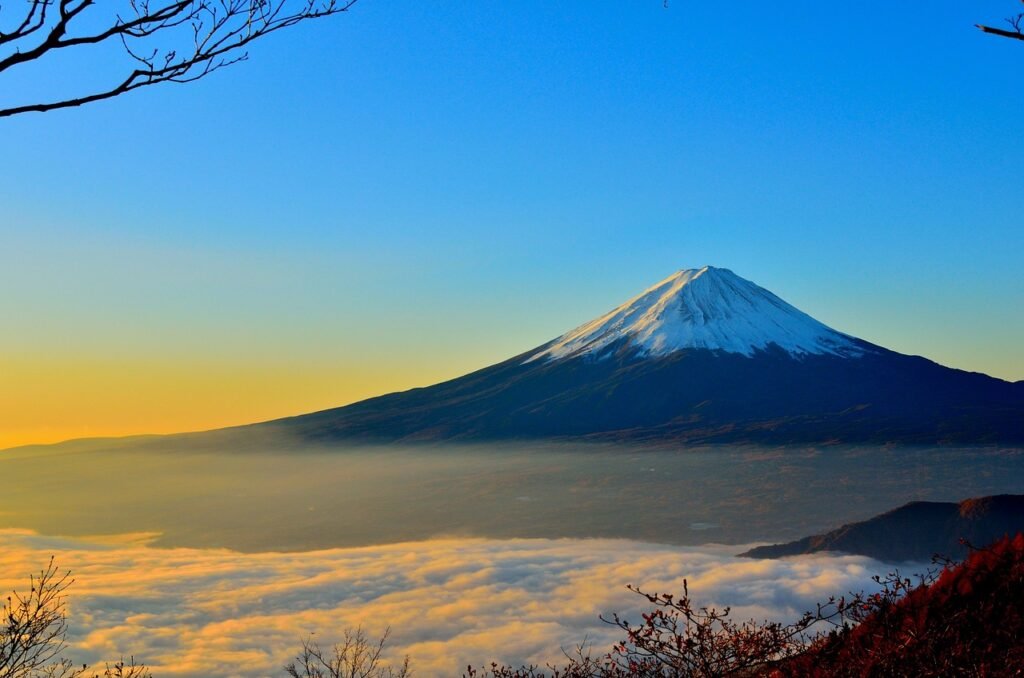
Are you feeling worn out by your daily work routines and in need of a break? Well, I’ve got you covered! If you’re searching for a stunning and serene travel destination, look no further than Japan! Japan’s allure can be found in its culture, traditions, people, locations, festivals, and virtually everything else. In this blog post, I aim to provide you with comprehensive information about Japan’s culture, traditions, cuisine, top tourist spots, and travel advice.
Let’s start by delving into Japan’s culture:- Japan’s culture is a captivating fusion of tradition and modernity. With a history spanning thousands of years, it offers a distinct and enchanting experience for tourists.
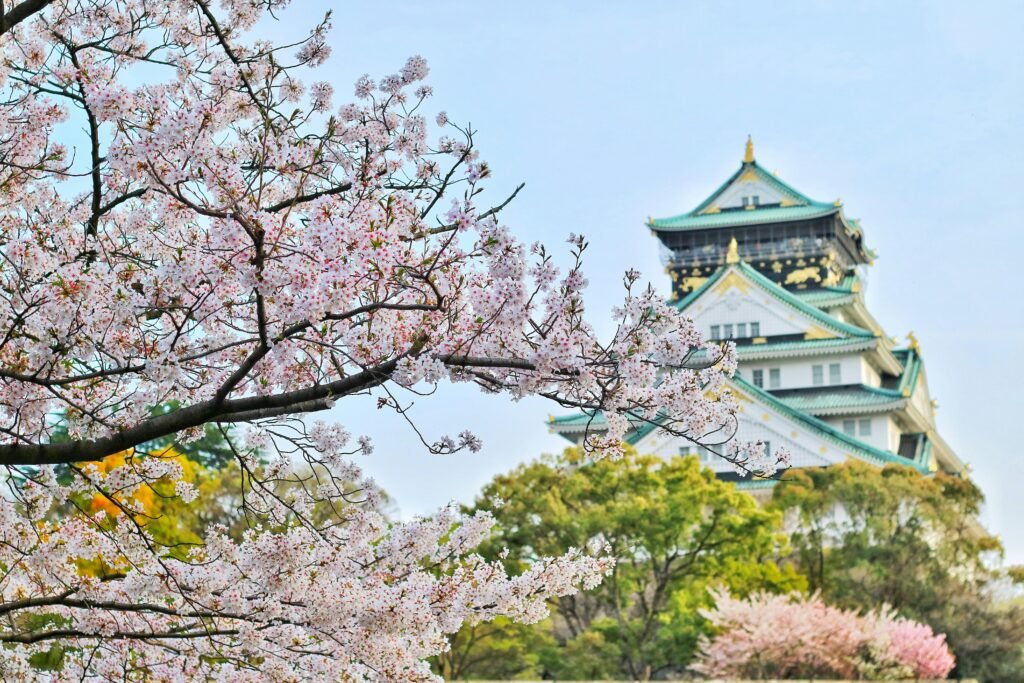
The Aesthetics and Harmony of Japan.
Wabi-Sabi:-
Wabi-sabi (侘寂) is a distinctive Japanese concept that focuses on discovering beauty in imperfection, impermanence, and asymmetry. It’s a philosophy that transcends mere aesthetics and embodies a way of life grounded in embracing and cherishing the natural world.
Impermanence (無常 mujō): All things change, and nothing remains forever. Wabi-sabi accepts the fleeting nature of life and sees beauty in transient moments.
Imperfection (不完結 fukanzen): Perfection is an unattainable ideal. Wabi-sabi appreciates the distinctive traits and irregularities that make things unique, rather than pursuing flawlessness.
Asymmetry (非対称性 hi taisho sei): Harmony and balance can exist without perfect symmetry. Wabi-sabi discovers beauty in the unconventional, uneven, and off-center.
Simplicity (簡素 kansoku): Concentrating on the fundamental elements and letting go of unnecessary complexity. Wabi-sabi highlights the beauty of natural materials and simple elegance.
The patina of time (幽玄 yūgen): Recognizing the beauty of objects that have aged and weathered, revealing the passage of time and the stories they hold.
Embracing Wabi-sabi in daily life:
Nature: Wabi-sabi is exemplified by a teacup with a chip, a repaired cracked vase, and a fading flower in bloom, representing the natural world’s cycle of growth and decline, which serves as a significant source of inspiration.
Japanese Arts: Traditional Japanese gardens showcase Wabi-sabi through carefully positioned rocks, moss-covered stones, and unmanicured beauty. This aesthetic is also evident in the simple elegance of tea ceremony bowls and the transient art of ikebana flower arrangements.
Incorporating Wabi-sabi into Your Life: You can integrate this philosophy into your living environment by embracing natural materials such as wood and stone, cherishing vintage items with a story, and finding beauty in the act of repairing a cherished possession.
Wabi-sabi is not about neglect or decay, but rather about recognizing the beauty in the modest and impermanent. It is a philosophy that encourages us to slow down, cherish the present moment, and derive satisfaction from life’s simple pleasures.
Embracing wabi-sabi comes with several additional advantages:
– Letting go of the pursuit of perfection can alleviate stress.
– Wabi-sabi encourages gratitude for the unique qualities of the things you own.
– Focusing on the essentials allows for a simpler way of living and creates a more peaceful space.
– Wabi-sabi offers a distinctive perspective on beauty and can inspire various aspects of life, including art, design, and personal philosophy.
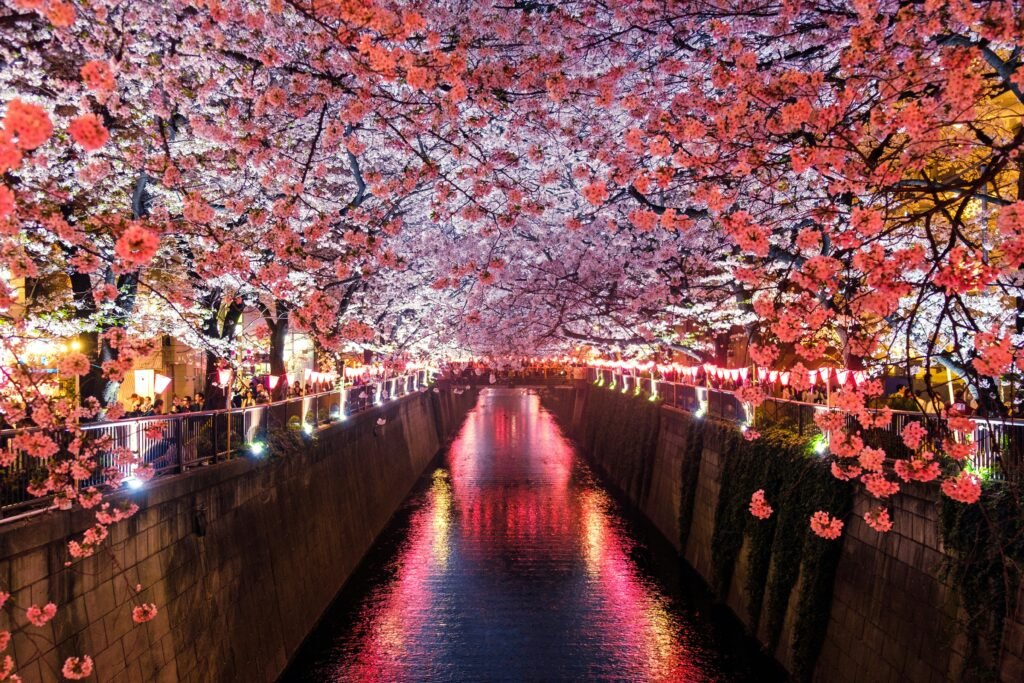
The Japanese tea ceremony, also known as chanoyu (茶の湯) or sadō (茶道), is a beautiful and symbolic ritual centered around the preparation, presentation, and appreciation of matcha green tea. It’s not just about drinking tea; it’s a holistic experience deeply rooted in tradition, mindfulness, and hospitality.
Key Principles:
– Wa (和) – Harmony: Establishing a harmonious atmosphere for the host and guest(s).
– Rei (礼) – Respect: Demonstrating respect for the tea master, guests, and the tea utensils.
– Ki (清) – Purity: Ensuring a clean and serene environment for the ceremony.
– Jaku (寂) – Tranquility: Fostering a sense of peace and tranquility during the ceremony.
Japan’s rich tradition of martial arts, renowned worldwide, has evolved over centuries. These disciplines go beyond self-defense; they prioritize physical fitness, mental discipline, respect, and character development. Japan is known for various martial arts such as Judo, Karate, and Kendo, all of which promote physical fitness, discipline, and respect.
In the mesmerizing realm of Japanese culture, geisha (芸者) occupies a unique position. They are not courtesans or escorts, but highly skilled female performers specializing in traditional Japanese arts.
The Appeal of Geisha:
·Masters of Various Arts: Geisha undergo years of intensive training in music, dance, singing, conversation, and various artistic pursuits such as ikebana (flower arrangement) and calligraphy.
·Elegance and Poise: Their intricate kimonos, embellished with vivid colors and detailed designs, are a sight to behold. Their distinctive white makeup and elaborate hairstyles further enhance their grace.
·Exceptional Hosts: Geisha entertain their guests at exclusive teahouses (ochaya) and restaurants (ryotei) with their artistic performances and engaging conversation, creating a refined and enjoyable ambiance.
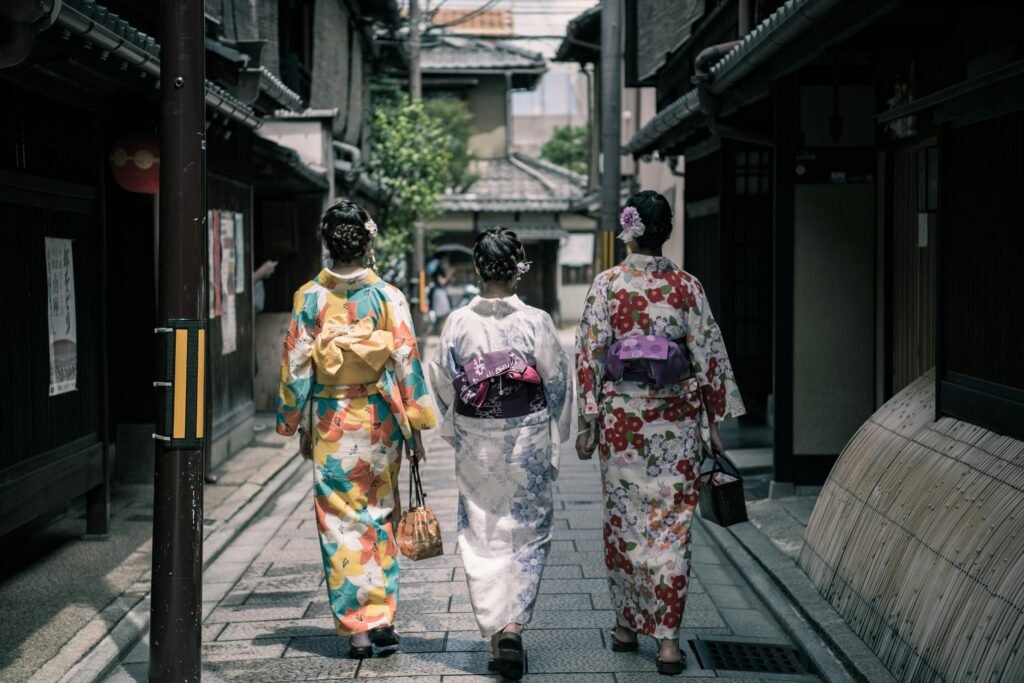
Kimono:-
This traditional Japanese attire is renowned for its vivid colors and detailed designs. Kimonos are typically worn for special occasions or cultural events.
Religion and Social Customs
Shinto and Buddhism: These two primary religions in Japan often coexist peacefully. Shinto focuses on nature spirits (kami), while Buddhism emphasizes spiritual enlightenment.
Respect and Politeness: Bowing (ojigi) is a customary greeting, with different levels of formality based on social hierarchy. Politeness and respect for others are highly esteemed.
Customs: Removing shoes indoors, savoring noodles (seen as a sign of enjoyment), and using chopsticks properly are all part of Japanese dining customs.
Modern Trends and Pop Culture:
Anime and Manga:-
Although often used interchangeably, anime and manga are two distinct art forms that are inherently intertwined in Japanese pop culture. Here’s an explanation of each:
Sure, here is the reworded text:
Manga (漫画)
·Meaning: Japanese for “comics” or “cartoons.”
·Format: Typically printed as comic books and graphic novels, often in black and white with occasional colored pages.
·Style: Features a wide variety of artistic styles, ranging from cute and whimsical to gritty and realistic.
·Storytelling: Recognized for its creative plots, complex characters, and diverse genres including action, romance, science fiction, fantasy, and historical drama.
·Accessibility: Serialized chapters are initially published in weekly or monthly manga magazines before being compiled into bound volumes.
·Global Influence: Manga has gained immense popularity worldwide, inspiring artists and influencing animation styles in other countries.
Anime (アニメ)
·Meaning: The Japanese term for “animation.”
·Format: Consists of animated shows and movies.
·Source Material: Many anime are based on existing manga series, but there are also original stories created specifically for animation.
·Style: Noted for its vivid colors, dynamic action sequences, and expressive character designs.
·Target Audience: Caters to a broad demographic, ranging from children to adults, with genres mirroring those found in manga.
·Global Phenomenon: Anime has become a global phenomenon, captivating audiences worldwide with its unique storytelling and artistic style.
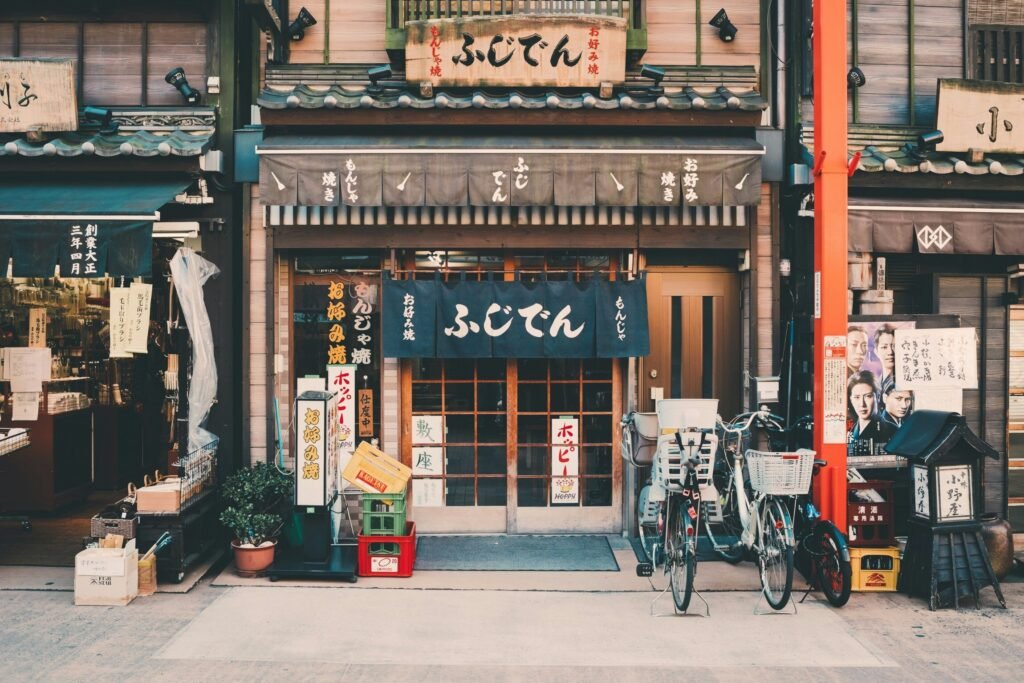
J-Pop and Video Games:
Japan is a powerhouse of entertainment, and two of its most prominent exports are undeniably J-Pop and video games. These seemingly different forms of entertainment share a fascinating synergy, influencing and inspiring each other to create a unique and engaging cultural experience.
J-Pop: Catchy Tunes and Energetic Performances
·J-Pop (Japanese Pop): A vibrant music genre known for its catchy melodies, upbeat rhythms, and energetic performances.
·Idols and Boy Bands: Popularized by idol singers and boy bands, J-Pop often features carefully crafted images and synchronized dance routines alongside the music.
·Genre Diversity: Rooted in pop music, J-Pop incorporates elements of rock, electronic music, and traditional Japanese instruments to create a diverse and dynamic soundscape.
J-Pop has amassed a substantial global following, particularly in Southeast Asia and other regions.
The video game industry in Japan is influential, with the creation of iconic gaming consoles such as PlayStation and Nintendo Switch, as well as popular game series like Mario, Pokemon, and Final Fantasy.
Japanese video games are well-known for their inventive gameplay mechanics, engaging storylines, and impressive visuals.
Music is a crucial element in video games, setting the tone, enhancing the narrative, and creating memorable experiences. Catchy theme songs and elaborate soundtracks are essential to the gaming experience.
Japan is known for its cutting-edge technological advancements, high-tech gadgets, robotics, and efficient transportation systems.
To understand and embrace Japanese culture, you can partake in a traditional Ryokan stay, attend a tea ceremony or Noh drama performance, wander through a peaceful Japanese garden, experience the lively atmosphere of a Matsuri (festival), and observe local shrines or temples and their religious practices.
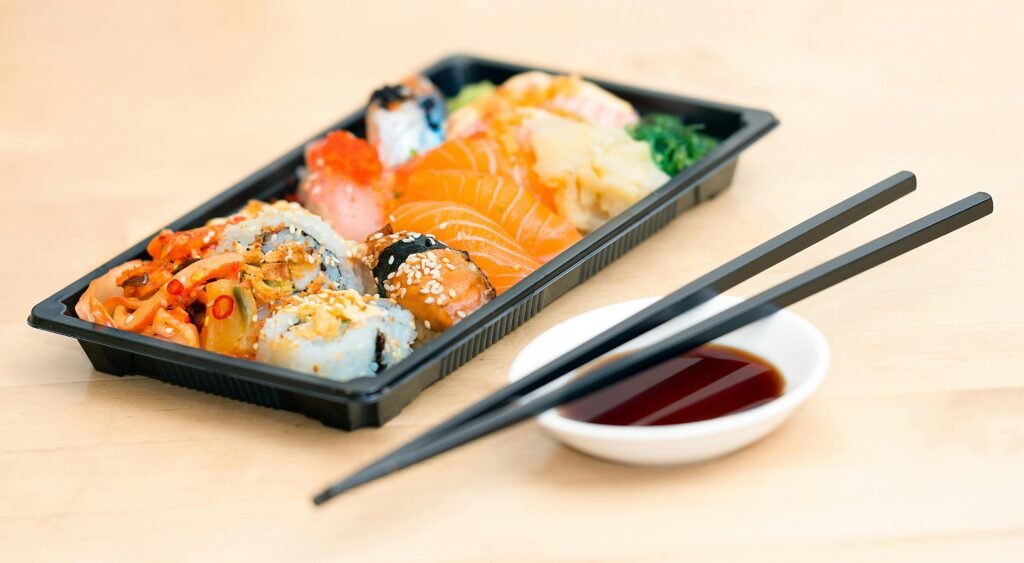
Japanese cuisine is an exploration of fresh, seasonal ingredients, artistic presentation, and a unique fusion of flavors. Here are some popular Japanese dishes you may come across:
Foundational:
· Rice (Gohan): The base of most Japanese meals. Short-grain rice is steamed to perfection and served alongside other dishes.
· Noodles: Japan offers a variety of noodles, each with its own distinct flavor and texture. Popular options include:
Ramen: Wheat noodles served in a rich broth, often with meat, vegetables, and a soft-boiled egg.
Udon: Thick, chewy wheat noodles served in a light broth or with stir-fried vegetables.
Soba: Thin buckwheat noodles, sometimes served cold with a dipping sauce.
· Miso Soup: A staple breakfast and side dish, miso soup is a simple yet flavorful broth made with fermented soybean paste (miso), seaweed (wakame), and tofu.
Sushi consists of thin slices of raw fish (sashimi) or other toppings (neta) placed on vinegared rice (sumeshi). Sushi is available in various styles, including nigiri (hand-pressed sushi) and maki (rolled sushi with seaweed).
Sashimi is thinly sliced raw fish or seafood that is served with wasabi (a spicy green paste) and soy sauce.
Tempura is seafood or vegetables that are lightly battered and deep-fried, known for its crispy texture.
Donburi (Rice Bowls) is a hearty dish that features various toppings over a bed of rice. Popular options include:
– Gyudon (Beef Bowl) features thinly sliced beef simmered in a savory sauce, served over rice.
– Katsudon (Pork Cutlet Bowl) is a breaded and deep-fried pork cutlet (tonkatsu) served over rice with egg and sauce.
– Oyakodon (Chicken and Egg Bowl) consists of chicken, egg, and onions simmered in a sweet broth, served over rice.
Yakitori is skewered and grilled chicken pieces, often seasoned with tare (a sweet soy sauce marinade), popular as a street food and 居酒屋 (izakaya – pub) snack.
Okonomiyaki is a savory pancake made with batter, cabbage, and various toppings such as meat, seafood, or vegetables.
Takoyaki are savory balls of batter filled with diced octopus, cooked in a special pan, and topped with a flavorful sauce.
Edamame are boiled or steamed soybeans in their pods, a popular appetizer or bar snack.
Onigiri are rice balls seasoned with various fillings like seaweed, salmon, or pickled plum, a convenient and portable snack.
Wagyu Beef is a highly prized type of Japanese beef known for its marbling and melt-in-your-mouth texture.
Japanese Curry is a thick and savory curry dish with a unique flavor profile, often served with rice or katsu.
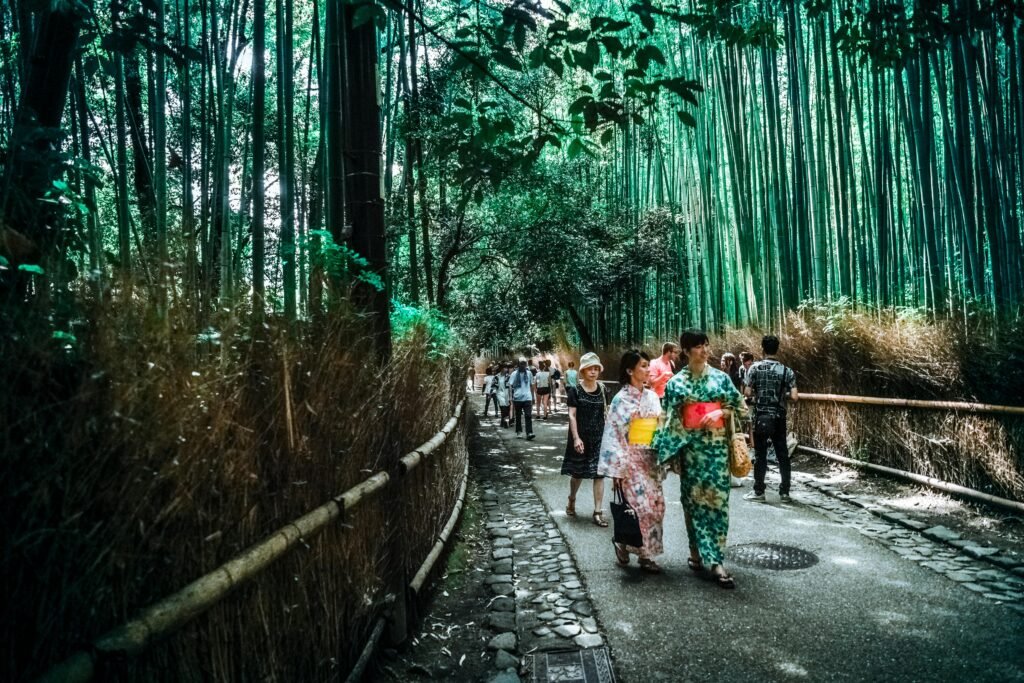
Vegetarian and Vegan Options:
– Shojin Ryori is a traditional Buddhist cuisine featuring vegetarian dishes made with tofu, vegetables, and seaweed.
– Many restaurants offer vegetarian and vegan adaptations of popular dishes, such as vegetable tempura or tofu donburi.
I’ll start by rewording the text you provided. Here are the reworded sentences:
Discovering Japanese Cuisine:
·Eating Establishments: Japan offers a wide range of dining options, from upscale sushi bars to casual ramen shops and intimate izakayas.
·Culinary Lessons: Immerse yourself in the art of Japanese cooking through interactive and enjoyable cooking classes.
·Culinary Excursions: Join a guided food tour to sample various street foods and local specialties while exploring different neighborhoods.
Whether you prefer high-end dining or casual street food, Japanese cuisine promises an exciting culinary journey. With an emphasis on fresh ingredients, exquisite presentation, and distinctive flavors, it’s an adventure for your taste buds!
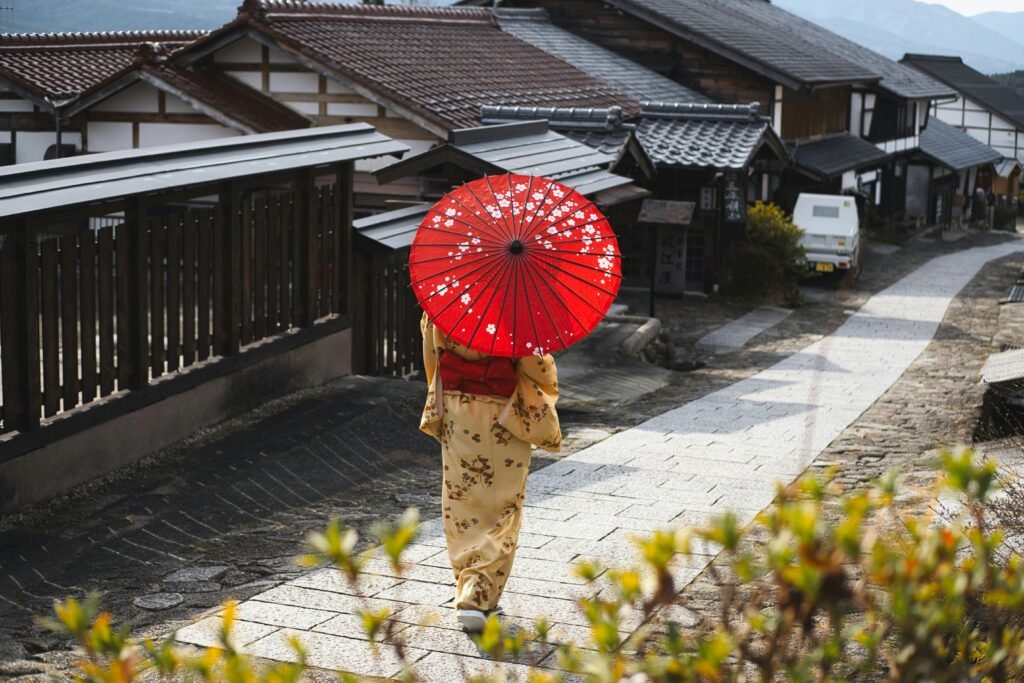
Below are some top destinations in Japan for towns and rural areas:
Shirakawa-go and Gokayama:-
Situated in the secluded mountainous region of the Shogawa River Valley, spanning Gifu and Toyama Prefectures in central Japan, this area is renowned for its traditional gassho-style farmhouses with unique thatched roofs resembling praying hands. These villages are especially enchanting in the winter when blanketed in snow.
Hida-Takayama:-
Located in the mountainous Hida region of Gifu Prefecture, Japan, Hida-Takayama is a charming and historically significant town, attracting tourists with its well-preserved old town featuring traditional wooden structures, stunning natural landscapes, and rich cultural heritage.
Kanazawa:-
As the capital of Ishikawa Prefecture on Japan’s central Honshu Island, Kanazawa is celebrated for its well-maintained Edo-era districts, art museums, and local handicrafts.
Takayama and Ogimachi:-
Renowned for its traditional gassho-style farmhouses and picturesque natural surroundings, this area offers numerous hiking and biking trails, as well as the opportunity for boating on Lake Toyama.
Kyoto:-
Having served as Japan’s capital for more than a millennium, Kyoto is a captivating city steeped in history, culture, and breathtaking scenery. It is famous for its abundance of temples, shrines, and traditional gardens, offering a glimpse into Japan’s rich heritage.
Hiroshima:-
Situated in western Honshu, Japan, Hiroshima holds a significant place in global history. While forever marked by the atomic bomb dropped in 1945, Hiroshima is also a city of resilience, peace, and cultural richness.
Miyajima:
This island is home to the Itsukushima Shrine, a stunning shrine that appears to float on the water. Miyajima is also known for its deer, which are considered sacred.
Nara:-
Todai-ji Temple in this city houses a massive bronze statue of Buddha, and it’s also a great place to see deer roaming freely in the park.
Nikko:-
Located in the mountains north of Tokyo, this town is famous for its beautiful Toshogu Shrine, a UNESCO World Heritage Site. Nikko is also an excellent destination for hiking and viewing waterfalls.
Hakone:-
Situated in the Hakone caldera, this resort town is renowned for its hot springs (onsen) and offers great opportunities for hiking and viewing Mount Fuji.
Tokyo:-
As Japan’s capital and one of the world’s most populous cities, Tokyo seamlessly combines the ultramodern with the traditional, featuring neon-lit skyscrapers towering over historic temples.
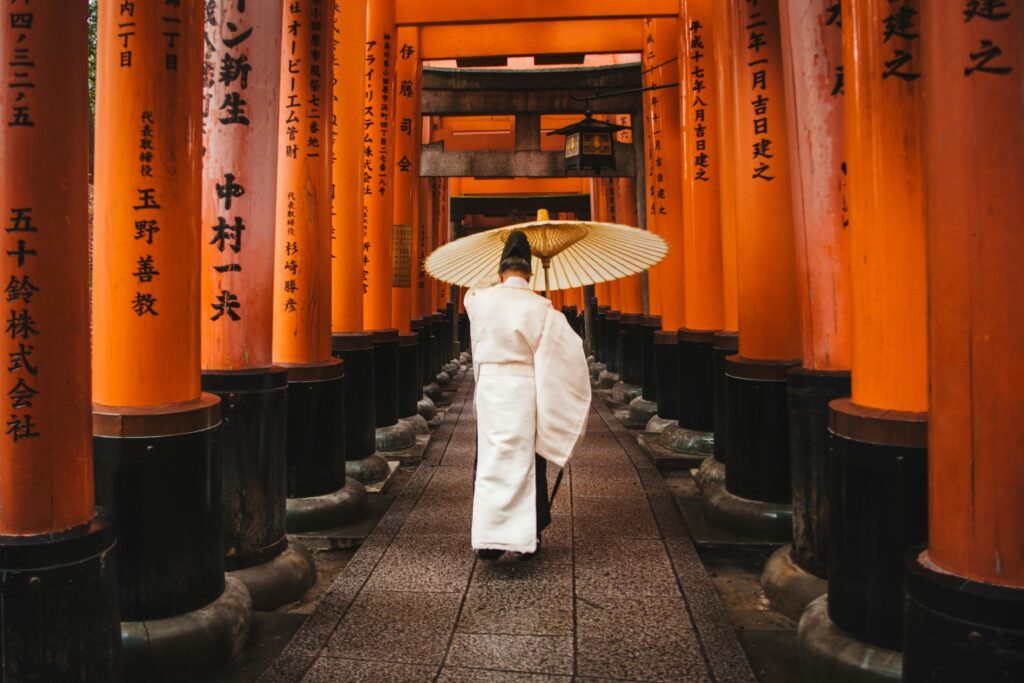
Here are some suggestions to help you make the most of your trip to Japan:
Planning:
Reserve accommodations in advance, especially during peak seasons like spring and fall when popular areas tend to fill up quickly.
Consider purchasing a Japan Rail Pass, which allows for unlimited travel on many JR trains throughout Japan, including bullet trains. This pass can be a great way to save money if you plan on traveling between cities frequently.
Learn some basic Japanese phrases to show respect to the local culture and to assist you in situations where English isn’t spoken. Various online resources and apps are available to help you learn Japanese before your trip.
Obtain a travel SIM card to stay connected while in Japan. You can purchase a SIM card at the airport or convenience stores.
Packing:-
Pack light, as luggage space in Japan, particularly in hotels, tends to be smaller than what you may be accustomed to. Pack versatile clothing that you can mix and match, and consider doing laundry during your trip.
Bring comfortable shoes since you’ll be doing a lot of walking in Japan.
Bring an adapter as Japan uses a different electrical plug system than many other countries. You’ll need a travel adapter to use your electronics in Japan.
While you’re there:
Get a JR Pass or purchase tickets in advance, especially for popular routes and bullet trains.
Purchase an IC card, such as Suica or Pasmo, which is a rechargeable IC card and a convenient way to pay for public transportation in many parts of Japan. These cards can be used on trains, buses, and even at some vending machines and convenience stores.
1. It’s advisable to have cash on hand as it is still the preferred method of payment in many places in Japan, particularly in rural areas, despite the increasing acceptance of credit cards.
2. It’s important to show politeness in Japanese culture, so remember to bow when greeting or thanking someone. Additionally, it’s considered impolite to speak loudly in public or on public transportation.
3. When entering a home, temple, or restaurant in Japan, it’s customary to remove your shoes and place them in the designated area.
4. Familiarize yourself with basic table manners in Japan, such as understanding that slurping your noodles is a way to express appreciation to the chef and that tipping is not customary.
5. Make the most of your time in Japan by being open to new experiences, trying new things, and appreciating the country’s rich culture and beauty.




Бывают моменты, когда срочно требуются деньги. В таких случаях можно взять займ, что позволит оперативно закрыть финансовый вопрос.